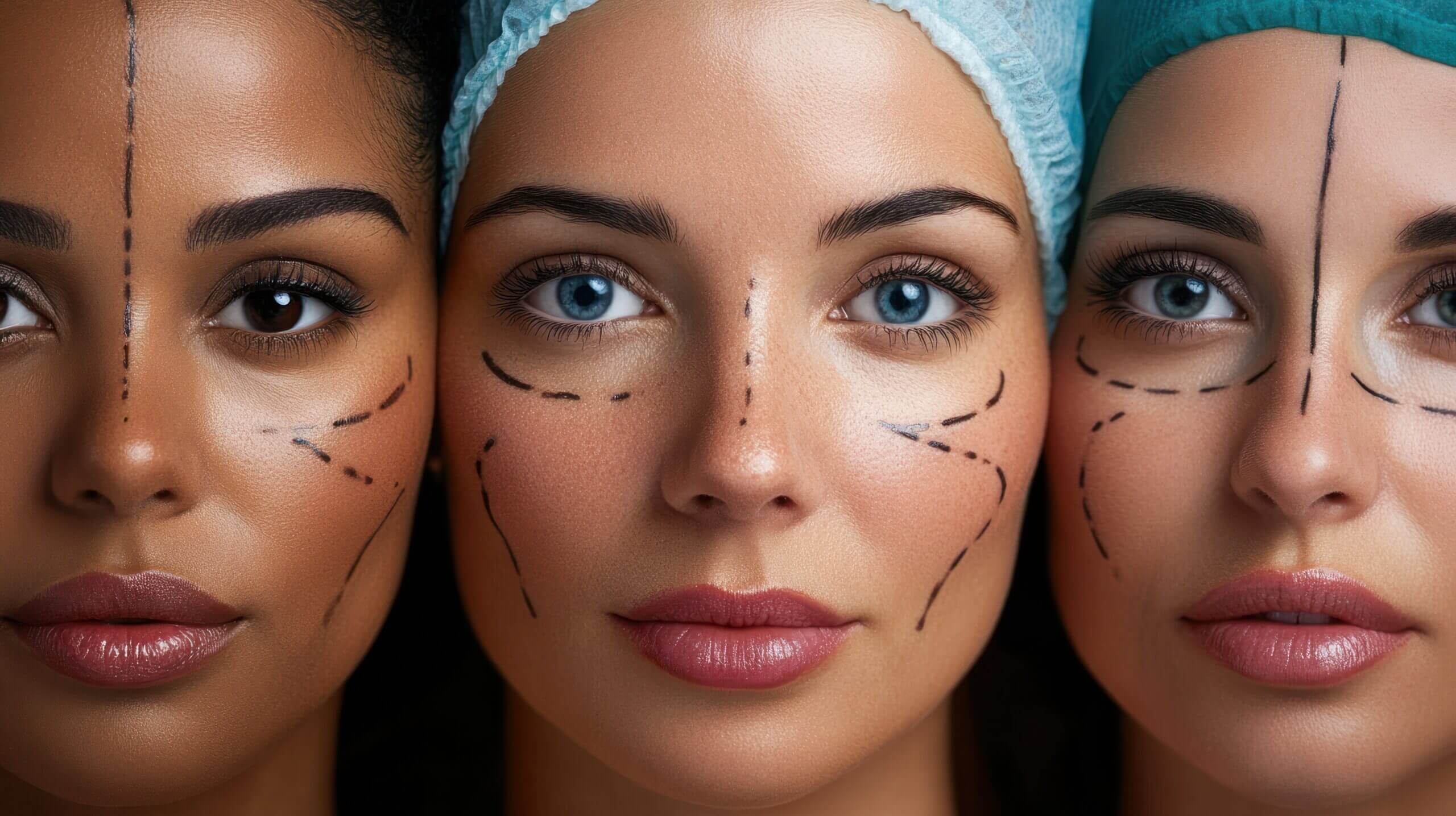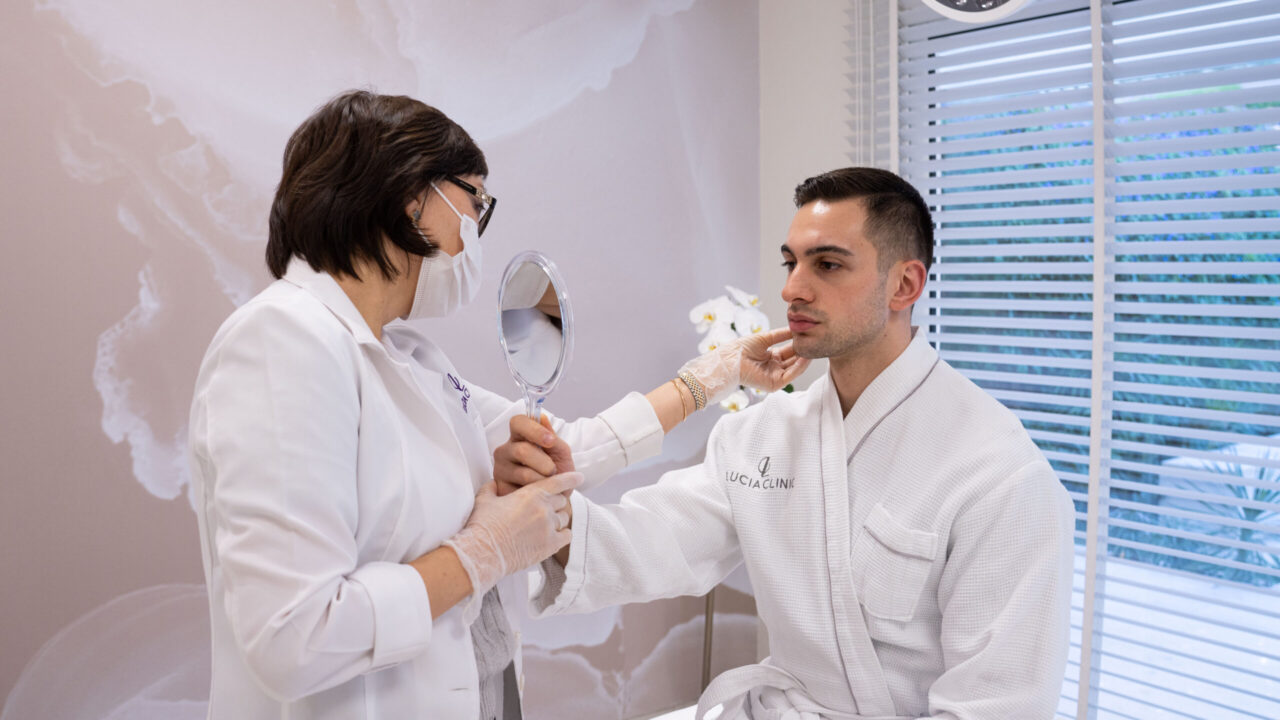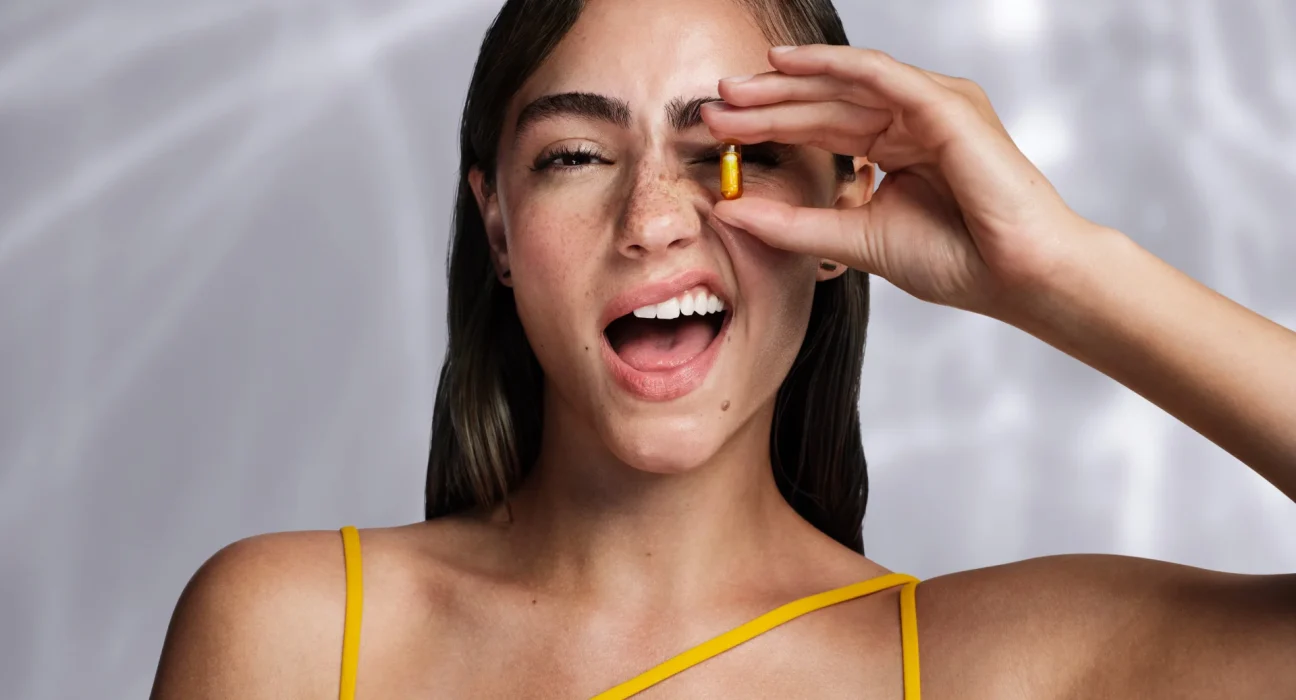In the past, beauty was often seen as something static — defined by flawless skin, perfect symmetry, and societal standards broadcasted through glossy magazine covers. Today, however, the landscape of beauty has transformed into something much more dynamic, inclusive, and deeply connected to lifestyle choices. The modern definition of beauty isn’t just about how one looks; it’s about how one lives, feels, and expresses individuality. This shift reflects a growing awareness that true beauty radiates from wellness, self-care, and authenticity.
1. The Rise of Holistic Beauty
The beauty industry has entered an era where external appearance and inner well-being are inseparable. Holistic beauty focuses on nurturing the mind, body, and spirit equally. Rather than relying solely on cosmetic products, people are investing in nutrition, sleep, mental health, and sustainable habits to enhance their natural glow.
A balanced diet rich in antioxidants, vitamins, and healthy fats has become as important as any serum or moisturizer. Foods like avocados, berries, green tea, and nuts are celebrated for their skin-boosting properties. Similarly, mindfulness practices such as yoga and meditation are no longer just lifestyle trends — they are integral parts of beauty routines that promote stress reduction and emotional balance.
Holistic beauty emphasizes that radiant skin and vibrant energy are reflections of a balanced lifestyle, not quick fixes. As a result, brands are responding with product lines that merge skincare with wellness — think adaptogenic face masks, probiotic cleansers, and essential-oil-infused serums.
2. Minimalism and “Skinimalism”: The New Beauty Revolution
Gone are the days of 10-step skincare routines and heavy makeup layers. The new generation is embracing “skinimalism” — a minimalist approach to beauty that prioritizes healthy, breathable skin over heavy coverage. This movement reflects a desire for simplicity, authenticity, and sustainability.
Instead of masking imperfections, skinimalism encourages individuals to focus on the fundamentals: cleansing, hydrating, and protecting. A well-formulated cleanser, a nourishing moisturizer, and daily sunscreen often replace a cabinet full of products. This approach not only saves time and money but also reduces waste, aligning with eco-conscious lifestyles.
Social media has played a significant role in this shift. Influencers and dermatologists alike are promoting realistic skin standards — showing texture, pores, and occasional blemishes as part of normal, healthy skin. The message is clear: beauty doesn’t need perfection; it needs care and confidence.

3. Sustainable and Ethical Beauty: Conscious Choices with Impact
Consumers are now more informed and socially responsible than ever before. The modern beauty enthusiast looks beyond packaging and promises; they want transparency, sustainability, and ethics. This mindset has given rise to “clean beauty” — a movement advocating for non-toxic ingredients, cruelty-free practices, and eco-friendly production.
From refillable packaging to biodegradable formulas, sustainability has become a beauty priority. Ethical sourcing, fair trade ingredients, and support for local artisans are gaining attention as consumers demand accountability from brands. Even luxury beauty houses are adopting eco-initiatives, proving that sustainability and sophistication can coexist.
Moreover, the rise of “slow beauty” — a philosophy that values quality, longevity, and mindful consumption — encourages users to build intentional beauty routines. Instead of chasing every new product, people are learning to invest in multipurpose, high-quality items that truly work for their skin and values.
4. Beauty as Self-Expression and Empowerment
While wellness and sustainability are essential, beauty also thrives as a form of self-expression. The past decade has seen a remarkable diversification of aesthetics — from gender-fluid makeup to body positivity campaigns. Social media platforms like TikTok and Instagram have democratized beauty, allowing individuals from all walks of life to define what beauty means to them.
The new beauty culture celebrates uniqueness. Bold hair colors, creative nail art, experimental makeup, and unapologetic individuality dominate feeds worldwide. This inclusive shift empowers people to embrace their quirks and personal stories, breaking away from the “one-size-fits-all” beauty ideal.
Representation matters, too. Seeing diverse skin tones, body types, and identities in beauty campaigns helps redefine beauty norms and foster confidence. The message is no longer about fitting in — it’s about standing out authentically.
5. The Digital Influence: How Technology Shapes Modern Beauty
Technology has become an inseparable part of the beauty and lifestyle world. From AI-driven skincare analysis to virtual try-ons, digital innovation is revolutionizing the way we experience beauty. Apps can now scan your skin and recommend personalized routines, while AR tools allow users to experiment with different makeup looks before purchasing products.
Social media algorithms amplify trends instantly — turning a niche beauty hack into a global sensation overnight. For instance, “glass skin,” “clean girl aesthetic,” and “coquette makeup” are trends born online, blending lifestyle and beauty ideals in visual storytelling.
Yet, while digital tools enhance accessibility, they also bring challenges. Unrealistic filters and photo-editing can distort perceptions of natural beauty. As a counterbalance, the “no-filter” movement has gained popularity, advocating for unedited photos and genuine self-presentation.
6. The Mind-Beauty Connection: Emotional Wellness as the Ultimate Glow
Emotional health has a profound effect on physical appearance. Stress, anxiety, and lack of sleep can manifest in dull skin, breakouts, and fatigue. Recognizing this, modern beauty routines are increasingly intertwined with mental wellness.
Practices like journaling, aromatherapy, and digital detoxing are becoming part of self-care regimens. The simple act of applying skincare mindfully — focusing on texture, scent, and touch — transforms routine maintenance into a therapeutic ritual. This “beauty mindfulness” nurtures both the skin and the soul, reinforcing that feeling good is as important as looking good.
The beauty industry is also integrating mental health advocacy, supporting campaigns that promote self-acceptance, body neutrality, and emotional well-being. In this new paradigm, beauty isn’t a standard to achieve — it’s a state of harmony.
7. The Future of Beauty and Lifestyle
Looking ahead, the fusion of technology, sustainability, and individuality will continue to shape the beauty landscape. Biotechnology may produce lab-grown ingredients that minimize environmental impact. AI personalization will tailor beauty routines to each individual’s genetic and lifestyle factors. Meanwhile, mindfulness and authenticity will remain central values.
The future of beauty is less about covering flaws and more about celebrating them. It’s about living a lifestyle that nourishes every aspect of being — physical, emotional, and environmental. Beauty is no longer just a reflection in the mirror; it’s a mirror of how we live, care, and connect.

Final Thoughts
The modern beauty lifestyle is a testament to progress — blending science, sustainability, and self-expression. Today’s beauty isn’t about conforming to trends; it’s about creating a personal harmony between inner well-being and outer radiance. Whether through minimalism, mindfulness, or ethical consumption, people are rediscovering that the most beautiful lifestyle is one rooted in authenticity and self-love.

